Importance of Cleaning Your Email List: Enhance Engagement
The importance of cleaning your email list cannot be overstated. An email list is a valuable asset for any business, serving as a direct line of communication to your customers and potential clients. However, like any asset, it requires maintenance to ensure that it remains effective. In this blog post, we will delve into the intricacies of email list maintenance, discussing its significance, benefits, and best practices to keep your email marketing efforts thriving.
Getting the Hang of Keeping Your Email List in Tip-Top Shape!
Before diving into the importance of cleaning your email list, it’s crucial to understand what an email list is, the concept of email list cleaning, and why regular maintenance is necessary.
What is an Email List?
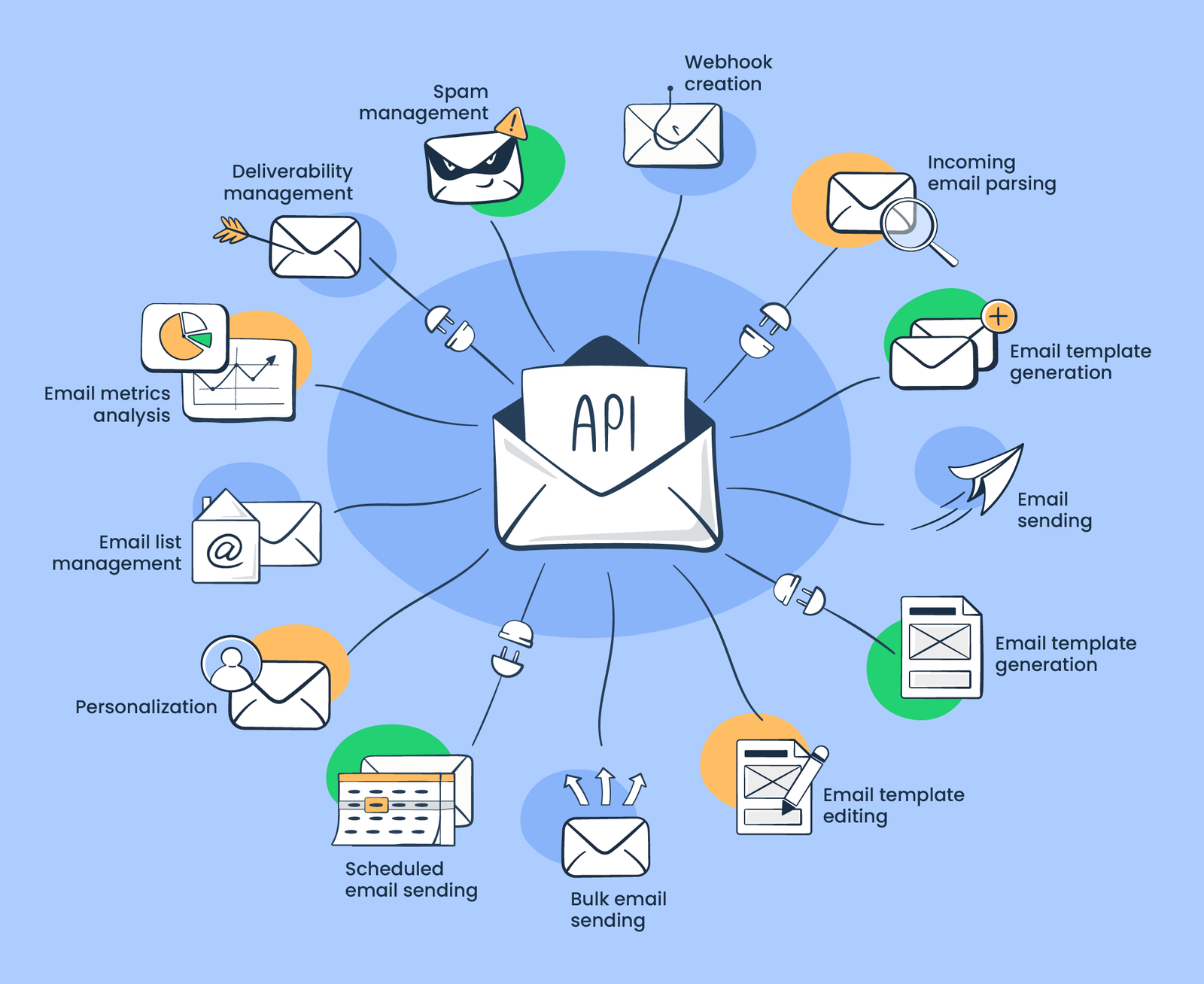
An email list is a collection of email addresses collected from individuals who have expressed interest in your brand, products, or services. These individuals may have subscribed through various methods such as signing up for newsletters, downloading e-books, or participating in online promotions.
Email lists are a cornerstone of digital marketing strategies. They allow businesses to communicate directly with their audience, promoting products, sharing news, or simply providing valuable content. The strength of an email list lies not just in the number of subscribers but in the quality of those subscribers. A well-maintained email list helps ensure that your messages reach engaged recipients who are more likely to take action.
The Concept of Email List Cleaning
Email list cleaning refers to the process of reviewing and removing invalid, inactive, or unengaged subscribers from your email list. This process can also involve verifying existing email addresses to ensure they are still active.
Cleaning your email list is essential for maintaining the overall health of your email marketing campaign. It’s akin to tidying up a cluttered workspace; by eliminating unnecessary elements, you enhance functionality and productivity. Regular email list cleaning helps you focus your efforts on subscribers who are genuinely interested in your offerings and willing to engage.
Why Regular Maintenance is Necessary
Just like any other marketing channel, your email list requires regular maintenance to remain effective. Over time, subscribers may change their email addresses, lose interest, or opt-out altogether. If these changes are not addressed, your email list may become outdated, leading to decreased engagement rates and damaged sender reputation.
Regular maintenance fosters a productive marketing environment. By routinely cleaning your email list, you can ensure higher open rates, lower bounce rates, and better alignment between your messaging and your audience’s interests. In essence, it keeps your communications relevant and effective.
Benefits of a Clean Email List
Cleaning your email list brings multiple advantages that contribute to your overall marketing success. Let’s explore some key benefits, including improved deliverability rates, enhanced engagement and response rates, and better insights and analytics.
Improved Deliverability Rates
One of the most significant advantages of maintaining a clean email list is the improvement in deliverability rates. Email service providers (ESPs) monitor sender behavior, including how often emails are opened, clicked, and reported as spam.
When you send emails to inactive or invalid addresses, it leads to high bounce rates. High bounce rates can negatively impact your sender reputation, making it more challenging for your emails to reach inboxes in the future. By regularly cleansing your email list, you ensure that your emails are sent only to valid and engaged addresses, which helps improve your overall deliverability.
Maintaining high deliverability rates means that more of your emails will land directly in the primary inbox of your subscribers, rather than being filtered into spam folders. This increases the likelihood of your content being seen and interacted with, ultimately driving better results for your email campaigns.
Enhanced Engagement and Response Rates
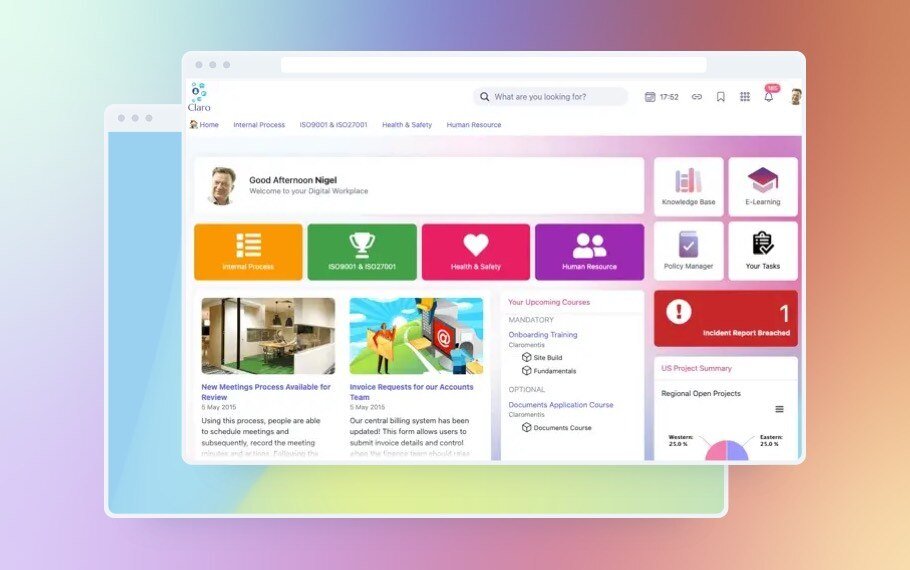
A clean email list fosters higher engagement and response rates. When you remove unengaged subscribers who haven’t interacted with your emails in a while, you ensure that your content is reaching those who truly care.
Engagement metrics, such as open rates and click-through rates, serve as indicators of how well your content resonates with your audience. By focusing only on actively engaged subscribers, you increase the chances of achieving higher metrics, which makes your campaigns more successful.
Furthermore, engaged subscribers are more likely to respond positively to your calls to action. Whether you’re inviting them to explore new products, participate in surveys, or attend webinars, a segment of engaged users will yield better results compared to sending the same message to a disengaged audience.
Better Insights and Analytics
In the world of digital marketing, data-driven decisions are paramount. With a clean email list, you can gain clearer insights into your audience’s preferences and behaviors.
When you segment your email list based on engagement levels, you can analyze which types of content resonate most with different groups. For instance, perhaps certain product launches generate excitement among one segment while another group prefers informational content.
This segmentation allows you to tailor your email marketing strategies effectively. By understanding what your audience wants, you can optimize your campaigns and develop targeted messages that drive engagement.
Consequences of Neglecting Your Email List
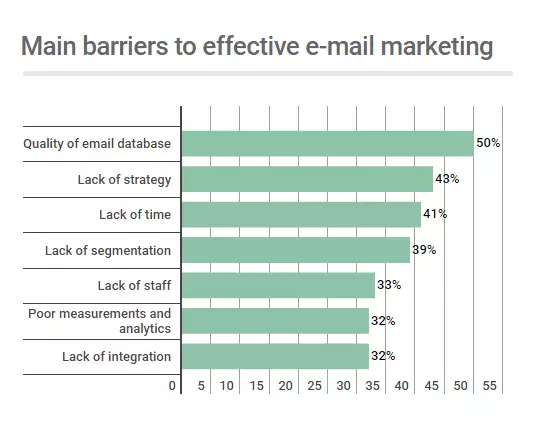
Neglecting your email list can lead to several detrimental outcomes, such as high bounce rates, increased spam complaints, and damage to your sender reputation. Let’s take a closer look at these consequences.
High Bounce Rates
High bounce rates occur when emails sent to invalid or non-existent email addresses fail to deliver. Each time an email bounces, it reflects poorly on your sender reputation and can result in your messages being flagged as spam by ESPs.
Over time, a consistent pattern of high bounce rates can lead to severe penalties from ESPs, including reduced deliverability rates. This creates a cycle of negative impact that becomes increasingly challenging to reverse.
To mitigate the risks associated with bounce rates, regularly cleaning your email list is essential. By ensuring that you’re only sending messages to verified addresses, you minimize the likelihood of encountering bounces and maintain a healthy sender reputation.
Increased Spam Complaints
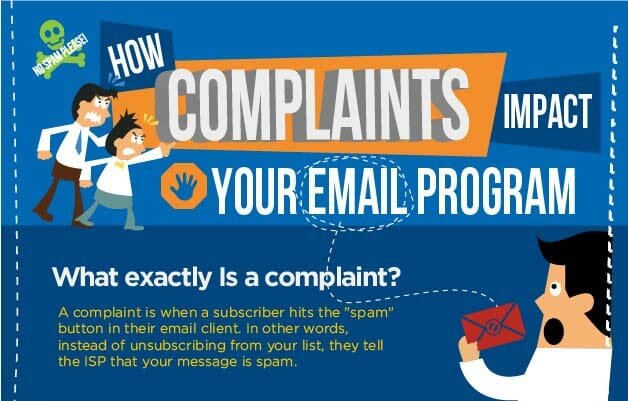
If you’re consistently sending emails to uninterested or inactive subscribers, you’re more likely to receive spam complaints. When recipients mark your emails as spam, it signals to ESPs that your content is unwanted, which can hamper deliverability rates across the board.
Spam complaints can severely damage your credibility and trustworthiness as a sender. A higher volume of complaints can lead to blacklisting by certain ESPs, causing many of your legitimate subscribers to miss out on your communications.
To prevent this situation, aim to build a strong relationship with your subscribers by delivering valuable content they want to receive. This not only decreases spam complaints but also enhances your brand reputation over time.
Damaged Sender Reputation
Your sender reputation plays a vital role in determining whether your emails end up in recipients’ inboxes or their spam folders. A poor sender reputation can be attributed to high bounce rates, spam complaints, and low engagement levels, all of which stem from neglecting your email list.
Once your sender reputation takes a hit, it can take considerable time and effort to rebuild. This might involve engaging in remedial actions, such as warming up your IP address, reducing email volume, and implementing stricter list hygiene practices.
By prioritizing email list cleaning and maintenance, you protect your sender reputation, ensuring continuous, effective communication with your audience.
Strategies for Effective Email List Cleaning
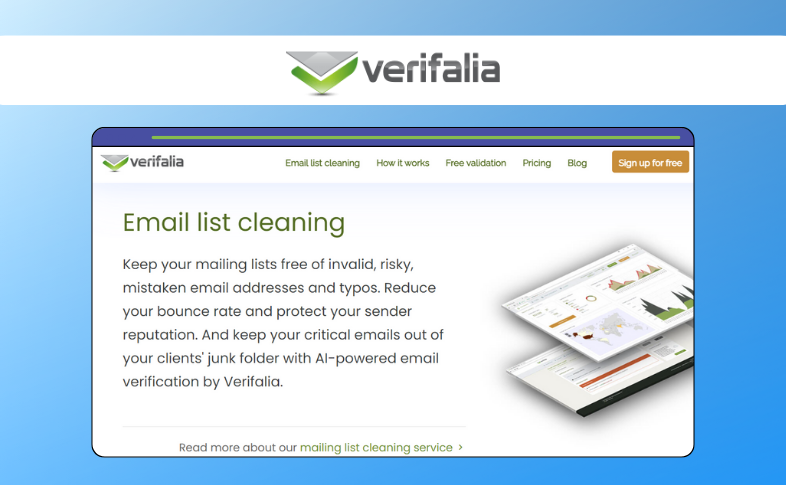
Cleaning your email list effectively involves employing various strategies to ensure that you’re maintaining a healthy subscriber base. Here, we will discuss regular removal of inactive subscribers, utilizing email verification tools, and encouraging subscriber engagement.
Regularly Removing Inactive Subscribers
One of the fundamental aspects of maintaining a clean email list is identifying and removing inactive subscribers. An inactive subscriber is someone who hasn’t engaged with your emails for an extended period, which could range from a few months to a year or more.
To identify these subscribers, monitor your engagement metrics closely. If you notice that a particular segment has not opened any of your recent emails, it’s time to consider re-engagement campaigns.
You can experiment with personalized messages, exclusive offers, or requests for feedback. If there’s still no response after repeated attempts, it may be prudent to remove these inactive subscribers from your list. Taking this step helps ensure that you’re investing your time and resources into an audience that is genuinely interested.
Utilizing Email Verification Tools

Email verification tools can significantly streamline your list-cleaning process. These tools help identify invalid email addresses, allowing you to remove them swiftly and efficiently.
Many email verification tools work in real-time – meaning they can verify email addresses as they are entered on your website or subscription forms. This proactive approach prevents invalid email addresses from entering your list in the first place.
After implementation, you’ll find that using verification tools can reduce bounce rates and enhance the overall health of your email list. It’s a smart investment that pays off in the long run, preserving your sender reputation and enabling effective communication.
Encouraging Subscriber Engagement
Encouraging engagement is a crucial aspect of maintaining a healthy email list. Engaged subscribers are more likely to open, read, and respond to your emails, creating a positive feedback loop.
You can foster engagement by providing valuable content that resonates with your audience. Personalization is key here; tailoring content to reflect subscriber preferences and behaviors increases the likelihood of interaction.
Additionally, consider implementing interactive elements within your emails, such as polls, quizzes, or exclusive offers. These features can spark curiosity and prompt subscribers to engage with your brand actively.
Best Practices for Maintaining a Healthy Email List

To achieve lasting success with your email marketing efforts, it’s important to adopt best practices for maintaining a healthy email list. Implementing double opt-in processes, segmenting your audience, and monitoring and reporting on metrics are all vital steps.
Implementing Double Opt-In Processes
A double opt-in process is a method where subscribers confirm their intention to join your email list twice – first by providing their email address and then by clicking a confirmation link sent to their inbox.
This practice ensures that you’re acquiring genuine subscribers who are interested in receiving your communications rather than simply adding names to your list. Double opt-in significantly reduces the chance of invalid or temporary email addresses entering your system, leading to better-quality leads and improved engagement.
While some may perceive the double opt-in process as a barrier, it ultimately promotes a healthier email list and enhances engagement rates. Those who confirm their subscriptions are likely to be more invested in your content, contributing to the overall effectiveness of your email marketing strategy.
Segmenting Your Audience
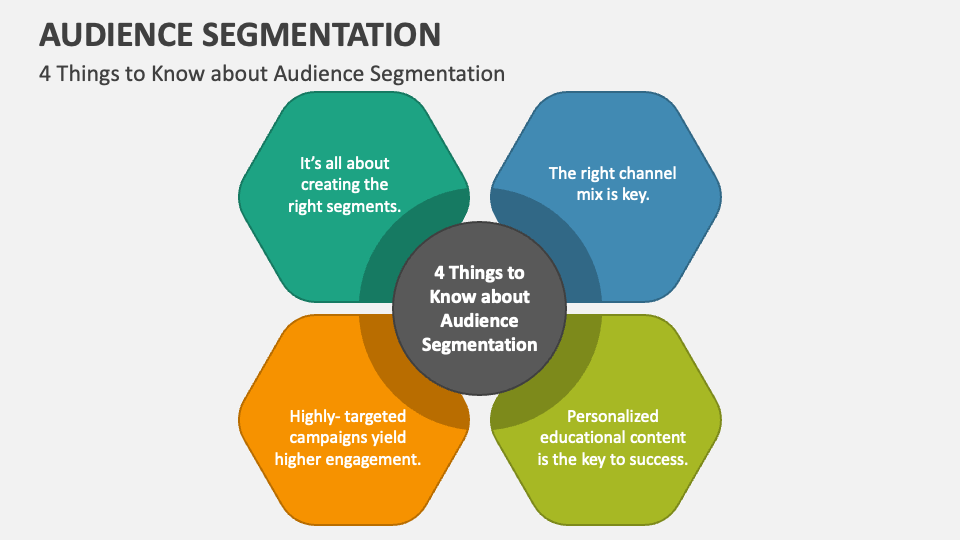
Segmenting your audience allows you to tailor your email marketing efforts to meet the unique needs and preferences of different groups within your list. You can segment based on demographic information, purchase history, engagement levels, and more.
By leveraging segmentation, you can create targeted campaigns that speak directly to the interests of each group. This not only improves engagement but also drives conversions, as subscribers receive content that aligns with their specific needs.
Moreover, segmentation can be particularly useful when cleaning your email list. By analyzing engagement within individual segments, you can determine which areas require more attention and which subscribers may need to be removed due to inactivity.
Monitoring and Reporting on Metrics
Monitoring and reporting on your email marketing metrics is essential for ongoing optimization. Key performance indicators (KPIs) such as open rates, click-through rates, bounce rates, and unsubscribe rates provide valuable insights into your campaign’s effectiveness.
Regular analysis of these metrics enables you to identify patterns and trends, facilitating informed decision-making regarding your email list cleaning efforts. For example, if you notice a decline in engagement over time, it may signal the need for a dedicated re-engagement campaign to revive interest among your subscribers.
Staying attuned to these metrics also provides an opportunity for continuous improvement. As you adapt your strategies based on data-driven insights, you contribute to the sustained growth and health of your email list.
Final Thoughts
The significance of maintaining your email list is paramount in the current competitive online environment. Keeping your email list clean is essential for boosting deliverability rates, increasing engagement, and understanding your audience’s preferences more effectively.
Failing to manage your email list can have serious repercussions, including elevated bounce rates, more spam complaints, and a tarnished sender reputation. However, through the implementation of solid strategies for cleaning your email list and practicing consistent upkeep, businesses can enjoy the benefits of a vibrant and engaged subscriber community.
In summary, make the well-being of your email list a cornerstone of your marketing approach. By doing this, you will create a path for effective communication with your audience, leading to valuable interactions and conversions that drive your business forward.




